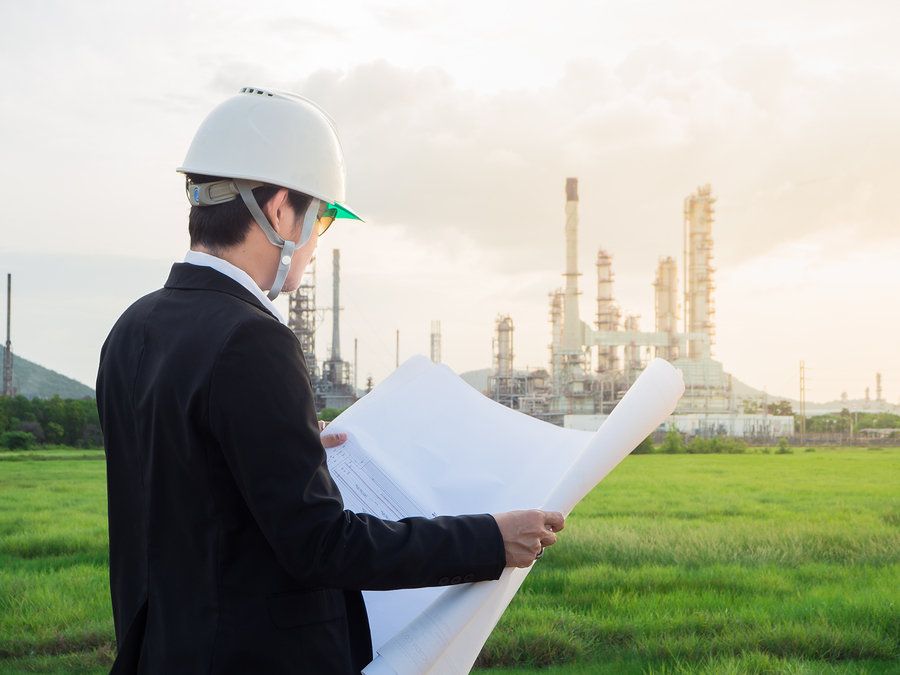4 Ways Manufacturers Are Embracing Sustainable Practices

Being carbon neutral is no longer sufficient for many manufacturers. These green-minded producers are choosing to go a step further, implementing more sustainable carbon negative processes. While they’re appealing to customers who value environmental protection, they’re also contributing to a greener planet and reaping the financial rewards that come along with both. But what can manufacturers use carbon for, what are they doing in carbon negative terms, and how are they benefitting as a result?
The carbon connection
Manufacturers use carbon dioxide industrially in producing a wide range of products such as synthetic rubber, carbonated beverages, dry ice, plastics, fertilizers, and many more. In their efforts to remove carbon from the atmosphere, manufacturers are becoming more sustainability-minded, using this carbon as a production resource. Here are a few ways manufacturers are embarking on the carbon negative mission at their facilities:
- Tracking their carbon handprints, rather than footprints — By measuring the good they do, manufacturers are going beyond being less harmful to positively impacting the environment.
- Removing carbon dioxide from the air — Rather than just pulling carbon dioxide from their own exhaust streams, manufacturers are finding ways to draw carbon dioxide out of the air itself.
- Starting the process of going carbon negative at the very beginning — Sustainable manufacturers are also using the carbon they capture to produce raw materials.
- Using carbon dioxide to manufacture products — Others still are creating products for end users directly from the carbon they capture.

With innovators working diligently to improve carbon-capturing technologies and finding new ways to use carbon and carbon-based materials, accessibility to this repurposed material could become widespread in the industry.
Through these practices, according to the Environmental Protection Agency (EPA) article, manufacturers are gaining many other benefits:
- Preserving natural resources
- Conserving energy
- Increasing operational efficiencies
- Becoming more competitive
- Paving the way for future success
- Getting ahead of governmental regulations
- Reducing waste
In addition to their positive environmental impacts and related benefits, manufacturers also stand to gain financially through sustainable practices. They can implement direct air carbon capture (DAC) technologies and sell the carbon dioxide they recover to companies that can turn it into useful raw materials or even end products — if they don’t use it themselves. And, when they can capture a ton of carbon dioxide for $40 with the use of a newly developed membrane, they can also save on raw material transportation costs while attracting and retaining customers who value such sustainability.
With these environmental, cost-saving, and end-user benefits, will you invest?
